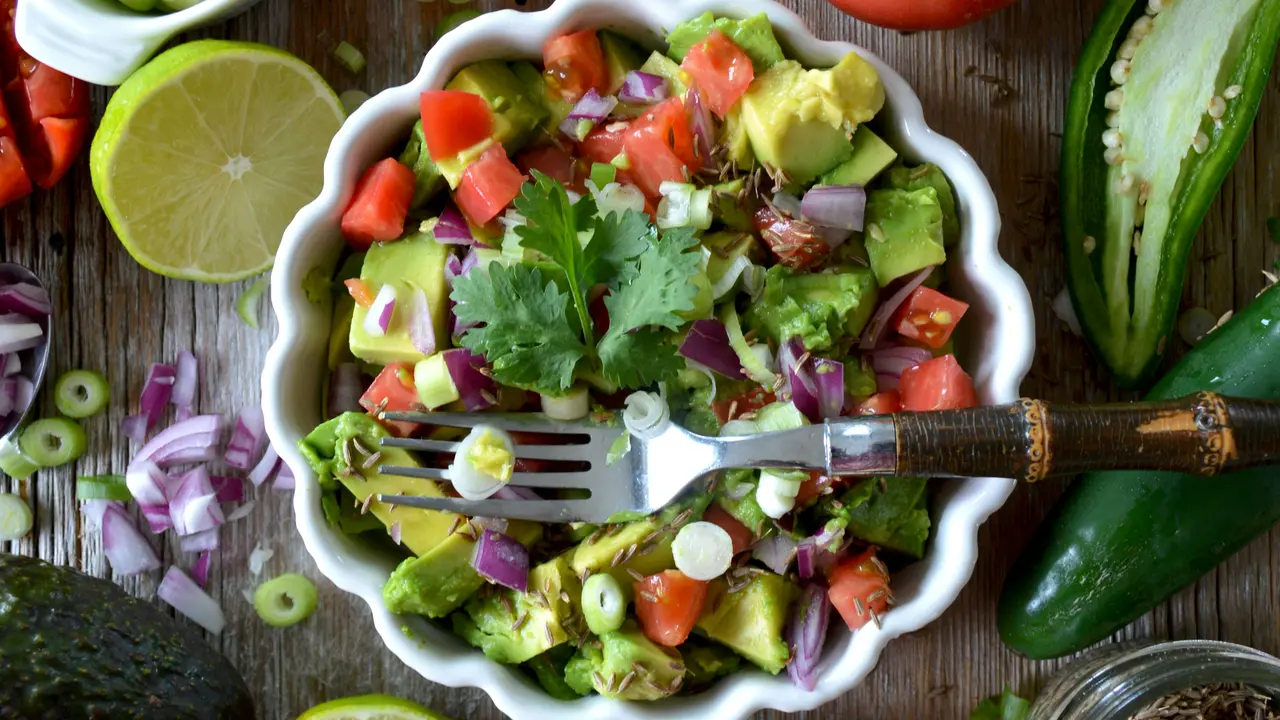Are you curious about how to make tallow from brisket fat? This age-old culinary technique is gaining popularity among home cooks and food enthusiasts alike. In this guide, we will walk you through the steps to transform brisket fat into rich, flavorful tallow, perfect for cooking or baking. Get ready to discover the secrets of this versatile rendering process!
Understanding Tallow and Its Uses
What is Tallow?
Tallow is rendered fat, primarily from beef, that has a variety of culinary and non-culinary uses. Traditionally, tallow has been used for cooking and baking, while also serving as a base for candles and soaps. Its high smoke point makes it ideal for frying and sautéing, and it’s becoming a favorite again in the realm of healthy fats.
Benefits of Using Tallow
Using tallow in your kitchen comes with a multitude of benefits, including:
- Rich flavor that enhances dishes
- High smoke point for cooking at high temperatures
- A source of healthy fats that supports a ketogenic diet
- Utilization of parts of the animal that might otherwise go to waste
How to Make Tallow from Brisket Fat: Preparation Steps
Gathering Your Supplies
Before diving into how to make tallow from brisket fat, gather the following supplies:
- Brisket fat (trimmed from meat)
- Sharp knife for cutting fat
- Large pot or slow cooker
- Strainer or cheesecloth for filtering
- Storage containers (glass jars or freezer bags)
Choosing the Right Brisket Fat
For the best flavor and quality, select high-quality brisket fat from grass-fed beef if possible. This will ensure that your tallow is rich and tasty. Trim the fat away from any meat, connective tissue, and blood vessels before starting the rendering process.
The Rendering Process: How to Make Tallow from Brisket Fat
Step 1: Cutting the Fat
Start by cutting the brisket fat into small chunks, approximately 1-inch in size. Smaller pieces will render more efficiently, speeding up the process.
Step 2: Melting the Fat
Place the fat chunks into your pot or slow cooker. If you’re using a pot, heat it over low to medium heat. For a slow cooker, set it to low. The goal is to melt the fat slowly without burning it. Stir occasionally to help the fat melt evenly.
Step 3: Straining the Liquid Tallow
Once the fat has fully melted, you will notice small bits of solid fat floating on top. This is referred to as “cracklings.” To separate these, carefully strain the liquid tallow through a fine mesh strainer or cheesecloth into another container. This process will help you achieve a clear, pure tallow.
Step 4: Storing Your Tallow
Once strained, allow the tallow to cool slightly before transferring it into your storage containers. You can refrigerate or freeze the tallow depending on how soon you plan to use it. Tallow can last for several months when stored properly.
Using Tallow in Your Cooking
Cooking with Tallow
Now that you know how to make tallow from brisket fat, it’s time to incorporate it into your cooking! Some popular ways to use tallow include:
- Frying vegetables and meats
- Roasting potatoes for a delicious crisp
- Baking pastries for added flavor
Substituting Other Fats with Tallow
To enhance your culinary repertoire, try substituting tallow in recipes that call for butter, lard, or vegetable oils. This can add a unique flavor profile to dishes while also providing health benefits from animal fats.
Conclusion
In this article, we’ve explored how to make tallow from brisket fat and the many benefits it offers. From gathering the right supplies to using your homemade tallow in various recipes, the process is both rewarding and sustainable. So, grab some brisket fat, and start your journey into the world of tallow today! Don’t forget to share your experiences, or check out our other articles for more great culinary tips!
Fat – Recent Articles
- How Is Fat Expelled From the Body? Discover the Secrets!
- Why Are Sumo Wrestlers Fat? The Surprising Truth Revealed!
- How Much Does Fat Removal Surgery Cost? Find Out Now!
- How to Get Rid of Fat on Eyelids: 5 Effective Solutions!
- How to Get Fat in the Face: 7 Surprising Tips Revealed!
Fat – Useful Links
- Harvard T.H. Chan – Types of Fat
- Harvard Health – The truth about fats: the good, the bad, and the in-between
- MedlinePlus – Dietary Fats
- NHLBI / NIH – Healthier Fats and Oils Fact Sheet
- HelpGuide – Choosing Healthy Fats
